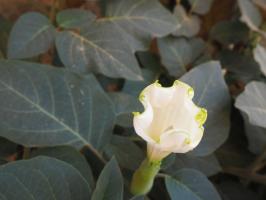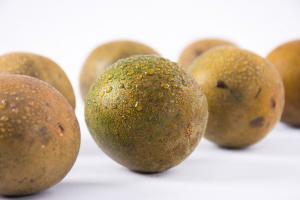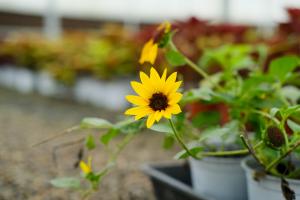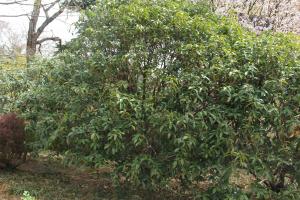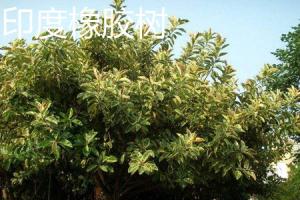1、 Morphological characteristics
1. Stem: the stem of the other shore flower is a bulb with a shape similar to that of an onion
2. Leaves: the leaves are clumped, slender, similar in shape to garlic leaves, generally green
3. Flowers: usually bloom in summer and autumn. 5-7 small flowers grow at the top of the branch in an umbrella shape. The flower color is red and the petals are rolled back, and the shape is like a dragon's claw. In addition, it blooms first and leaves only after the flowers fall behind. The leaves fall off in summer, so the flowers and leaves can't meet
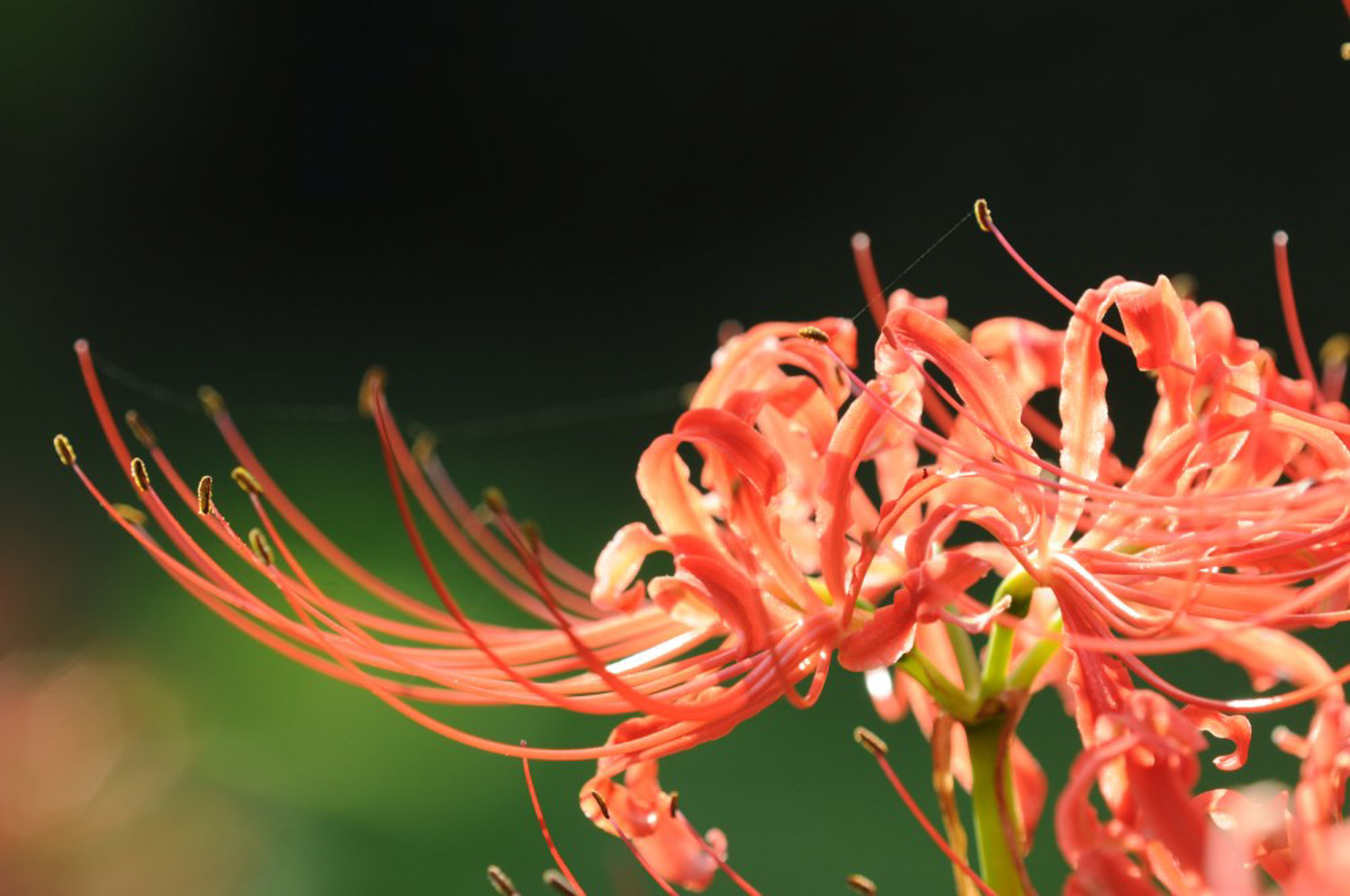
2、 Curing method
1. Sunshine: the other shore flower is suitable to grow in a sunny environment and can receive sunshine all day. Insufficient light is unfavorable to its growth, resulting in poor flowering
2. Soil: the other shore flower is not picky about the soil. It can grow even if the soil is hard. But if you want better maintenance, you can use sandy soil rich in organic matter, which has both nutrition and good drainage
3. Moisture: due to the bulb, its own water storage capacity is very good, providing sufficient water will grow better. Usually look at the basin soil and water it when it turns white. In addition, there should be less water during dormancy
4. Fertilization: in addition to the organic fertilizer added during planting, topdressing is also required every two months. The fertilizer is mainly phosphorus and potassium fertilizer
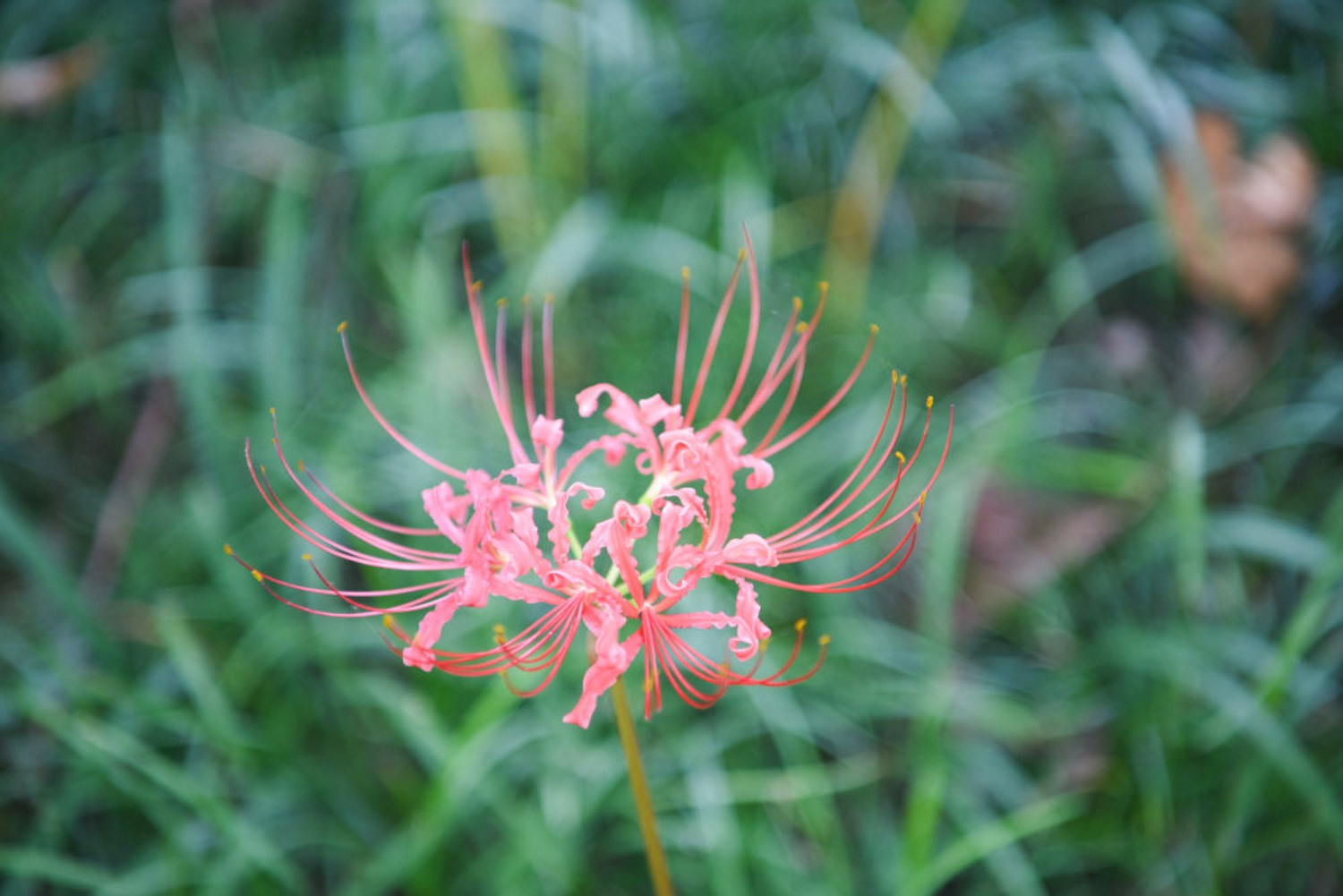
3、 Picture appreciation

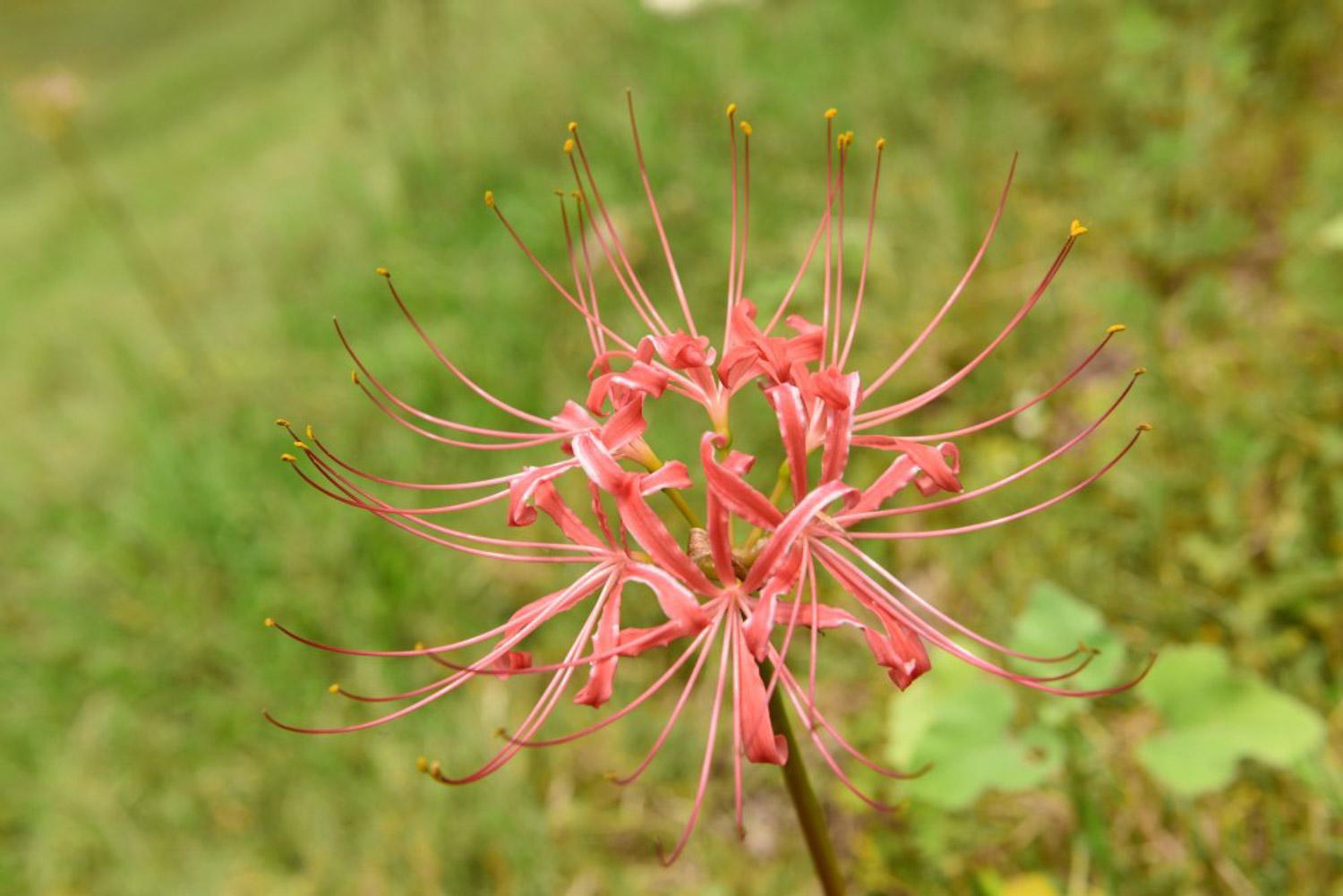
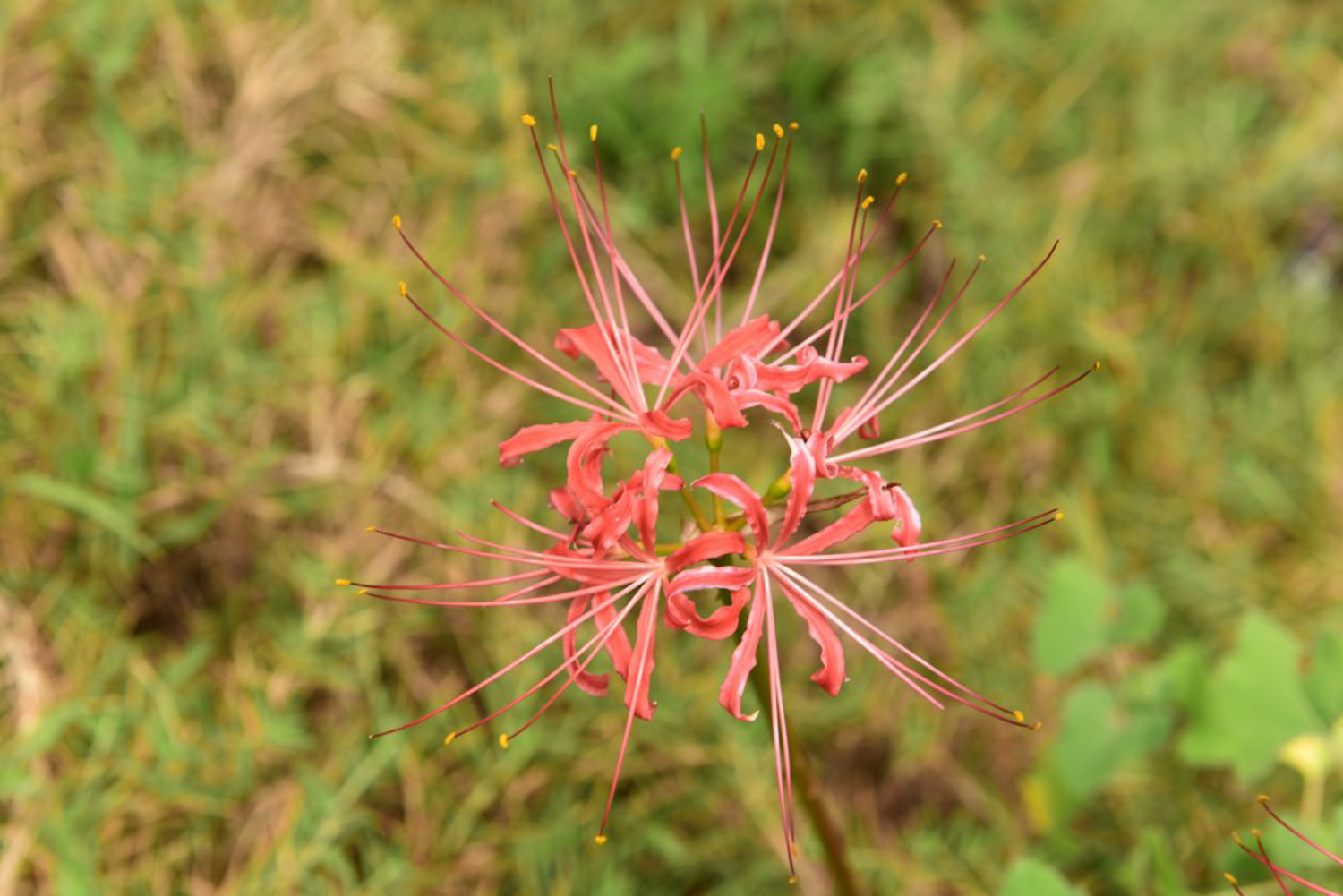

 jackfruit
jackfruit snake plant
snake plant hibiscus
hibiscus hydrangea
hydrangea lavender
lavender Green roses climb al...
Green roses climb al... If you don't pay att...
If you don't pay att... Management of four g...
Management of four g...

